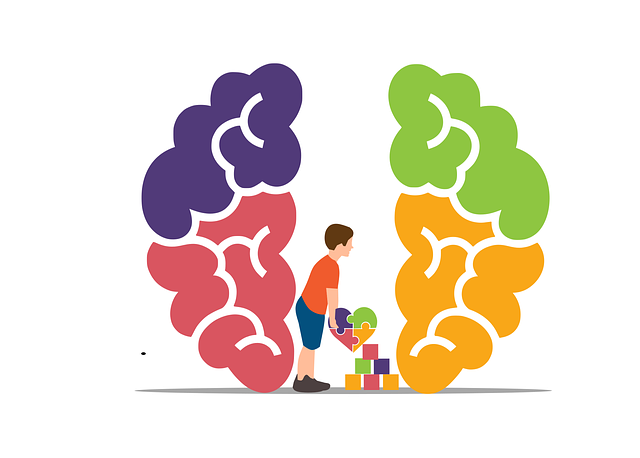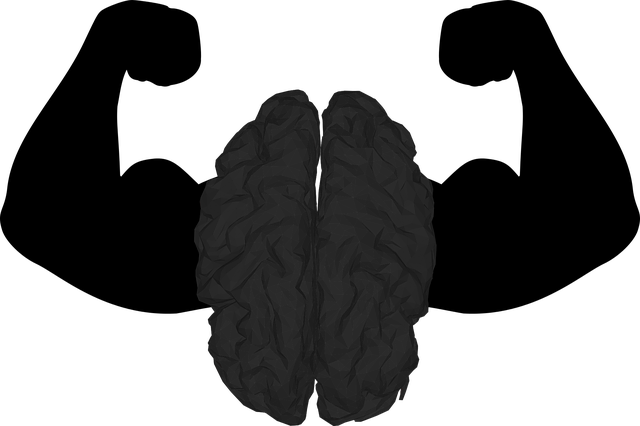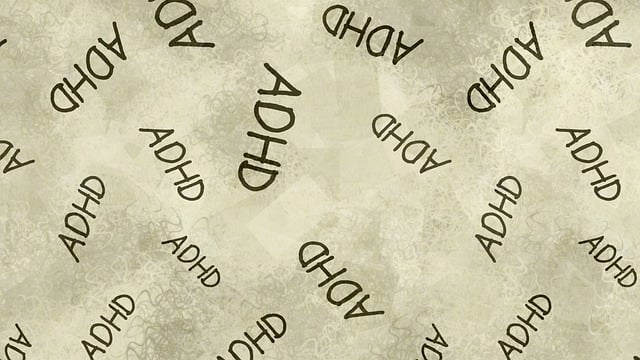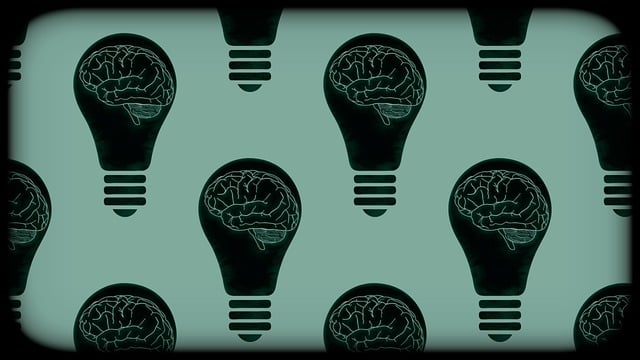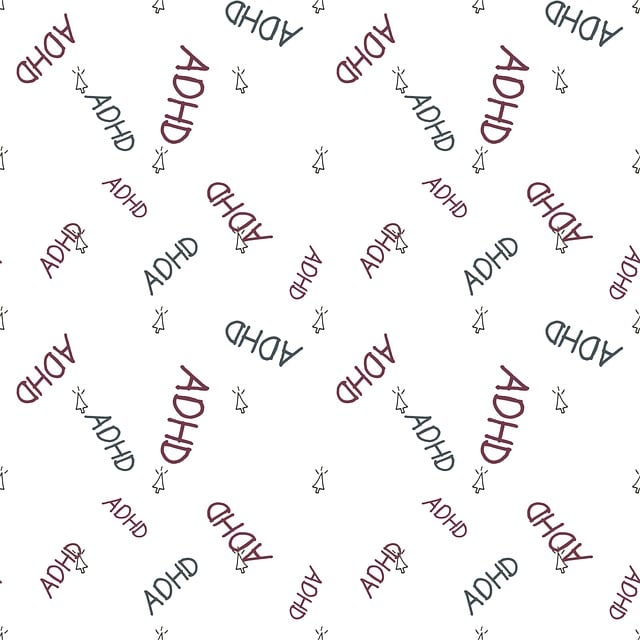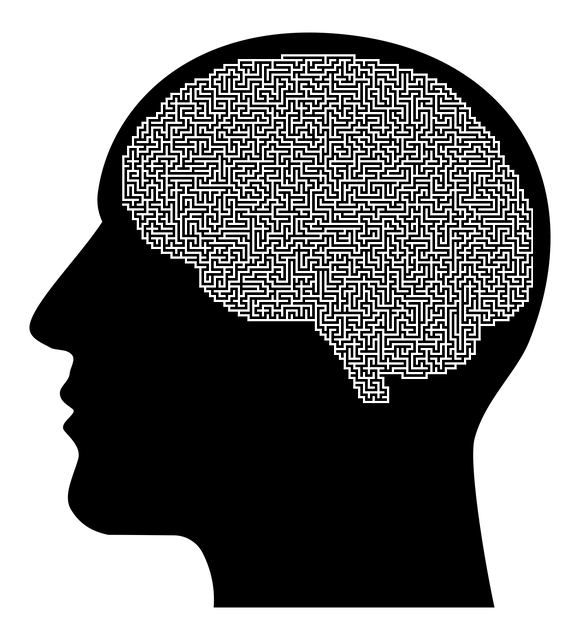Evaluating therapy for children and couples involves multifaceted assessments using standardized tools like CBCL, SDQ, and CTS to measure social skills, academic performance, family dynamics, and communication issues. Risk assessment is key to understanding challenges and tailoring interventions while reducing mental illness stigma. In couples therapy, therapists use direct (open-ended questions, structured interviews) and indirect (observation, behavior analysis, partner feedback) methods to analyze communication dynamics. Measuring the impact of mental wellness programs through qualitative and quantitative data helps identify areas for improvement, such as enhancing communication or boosting confidence in children.
Mental wellness program evaluations are crucial for measuring effectiveness and driving improvement. This article explores three critical methodologies, each tailored to specific aspects of mental health support. We delve into assessing therapy effectiveness for children, examining tools and metrics that capture progress. Additionally, we discuss evaluating communication issues in couples therapy through direct and indirect methods, providing a nuanced understanding. Lastly, we focus on measuring the impact of programs to identify success stories and areas requiring enhancement, fostering continuous improvement in mental wellness support.
- Assessing Therapy Effectiveness for Children: Tools and Metrics
- Evaluating Communication Issues in Couples Therapy: Direct and Indirect Methods
- Measuring the Impact: Program Success and Areas for Improvement
Assessing Therapy Effectiveness for Children: Tools and Metrics

Evaluating the effectiveness of therapy for children is a multifaceted process that goes beyond simply measuring improvement in symptoms. It’s crucial to assess changes in their overall functioning, relationships, and emotional well-being. Tools such as standardized assessments, interviews, and observations provide quantifiable data on areas like social skills, academic performance, and family dynamics. For instance, the Child Behavior Checklist (CBCL) measures behavioral and emotional problems in children, while the Strengths and Difficulties Questionnaire (SDQ) assesses prosocial behavior, conduct problems, hyperactivity/inattention, emotional symptoms, and peer relationship difficulties.
Incorporating metrics for couples communication issues is also essential, as family therapy often involves parents or caregivers. Techniques like the Conflict Tactics Scale (CTS) help gauge the frequency and severity of conflict and aggression within the family unit. Furthermore, risk assessment for mental health professionals plays a vital role in understanding potential challenges faced by both the clients and therapists during treatment. Mental wellness coaching programs development should consider these evaluations to tailor interventions effectively, while simultaneously focusing on mental illness stigma reduction efforts to create a supportive environment for all participants.
Evaluating Communication Issues in Couples Therapy: Direct and Indirect Methods

Evaluating communication issues is a vital aspect of couples therapy, as effective communication forms the foundation of any healthy relationship. Therapists employ both direct and indirect methods to assess these challenges. Direct techniques involve open-ended questions and structured interviews, allowing clients to express their experiences and perspectives. This method provides valuable insights into specific communication patterns or barriers that hinder connection between partners.
Indirect approaches, on the other hand, utilize observation, behavior analysis, and partner feedback. Therapists might notice body language cues, tone of voice changes, or recurring themes in conversations during sessions. Additionally, public awareness campaigns focused on mental wellness can educate couples about common communication issues, empowering them to recognize and address challenges proactively. By combining direct and indirect methods, therapists gain a comprehensive understanding of communication dynamics within the couple, which is essential for tailoring therapy towards their unique needs, ultimately fostering healthier interactions and enhancing coping skills development.
Measuring the Impact: Program Success and Areas for Improvement

Measuring the impact of a mental wellness program is paramount to understanding its success and identifying areas for improvement. This evaluation process involves assessing both qualitative and quantitative data, offering a holistic view of participants’ experiences and progress. By examining client feedback, therapy sessions’ effectiveness, and changes in behavior or emotional indicators, programs can effectively pinpoint what’s working and what needs adjustment.
For instance, focusing on aspects like communication improvement within couples therapy or boosting confidence in children through targeted interventions, evaluation methods reveal the transformative power of these initiatives. Through such assessments, mental wellness programs can adapt their strategies to better promote emotional well-being and mood management, ultimately enhancing their overall impact and effectiveness.
The evaluation of mental wellness programs, particularly focusing on therapy for children and couples’ communication issues, requires a multifaceted approach. By employing tools like specific metrics for child therapy effectiveness and direct/indirect methods to assess communication challenges in couples, practitioners can gain valuable insights into program success and identify areas needing improvement. These strategies ensure that mental health interventions are tailored to meet the unique needs of diverse populations, fostering better outcomes and enhancing overall well-being.
